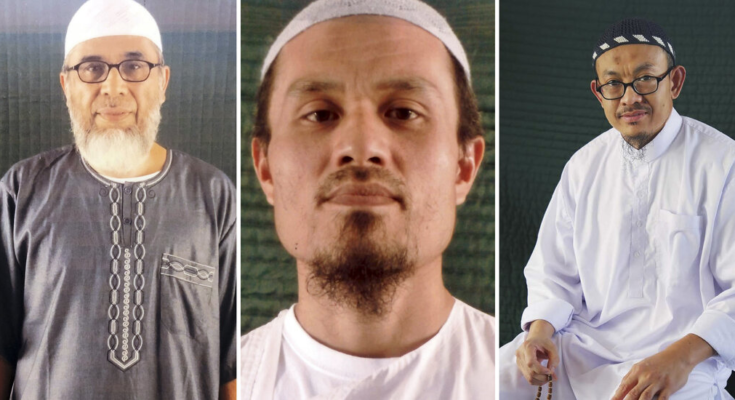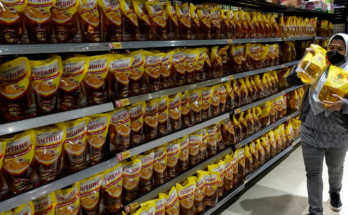“They’ve had 18 years to get us translators and interpreters for these guys,” said James Hodes, Mr. Hambali’s lead lawyer. “But the system is so flawed.”
Understand the Taliban Takeover in Afghanistan
Who are the Taliban? The Taliban arose in 1994 amid the turmoil that came after the withdrawal of Soviet forces from Afghanistan in 1989. They used brutal public punishments, including floggings, amputations and mass executions, to enforce their rules. Here’s more on their origin story and their record as rulers.
The case is complex, charging murder, terrorism, attacking civilians and conspiracy. The charges cast two bombings in Indonesia in 2002 and 2003 as acts of war by a Qaeda affiliate after the attacks of Sept. 11, 2001. On a Saturday night in Bali in October 2002, suicide bombers struck at two popular nightspots, Paddy’s Pub and the Sari Club, killing more than 200 people, mostly Australians and Indonesians as well as seven Americans.
In a sweeping charge sheet, which an Air Force prosecutor read aloud in English for about 95 minutes Tuesday, Mr. Hambali was described as ordering recruits to his Jemaah Islamiyah movement to plot bombings of “bars, cafes or nightclubs frequented by ‘Westerners’ in Indonesia, Malaysia, the Philippines, and Thailand” in late 2001 and early 2002. It also described Mr. Hambali as so aware of what would happen in Bali that he arranged to rent a hotel room in advance to watch the news on CNN.
The charges did not directly tie the Malaysian defendants to the Bali bombing. Instead, they were described as associates of Mr. Hambali who trained in Qaeda camps in Afghanistan and, at his direction, conducted surveillance in 1999 of other U.S., Israeli and tourist targets in Southeast Asia for plots that never took place. They were also accused of helping him elude capture by securing fake documents, weapons and safe-house lodging.
Mr. Bin Lep and Mr. Bin Amin are also accused of hiding $50,000 at their apartment in Bangkok that Khalid Shaikh Mohammed, who is accused of masterminding the Sept. 11 attacks, sent for follow-on attacks in 2002. Prosecutors suggested it was used to fund a car bombing at a Marriott hotel in Jakarta, Indonesia, in August 2003, killing 11 people and wounding at least 80 others.
By then, Mr. Bin Amin had been arrested. The other two men would soon be detained, and like him, spend more than three years in secret C.I.A. prisons before President George W. Bush had them transferred to military custody at Guantánamo Bay with Mr. Mohammed and 10 other so-called high-value detainees.



